QueSPER Information Literacy Curriculum
Category Game Using Dewey Categories
Materials
1. Large graphing mat with ten boxes across
the top. The number down is up to you. I have four. A vinyl mat is
available from such places as School Aids at http://www.schoolaids.com/tablemath.htm.
Use everyday objects to teach classification,
counting, comparing, sorting and graphing! Heavy duty mat is made of washable
white vinyl with a 4 x 10 grid on one side and two Venn diagrams on the other!
Grades PreK-4
ID7247 Price $13.99 each mat.
Original activities for the graphing mat are included in the companion book!
Children will learn to organize, display data using tallies, bar graphs, line
graphs, Venn diagrams and much more! 32 pages. Grades 1-3.
ID7248 Price $4.99 per book.
2. Box of game chips or buttons for keeping score.
3. Pictures of objects cut from catalogs, glued on to
4" x 4" cards and laminated.
4. Set of Dewey Classification Numbers,
hundreds only
 |
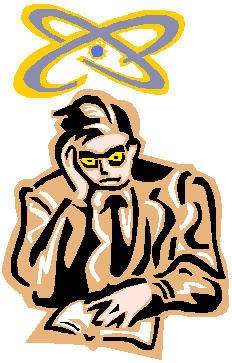 |
 |
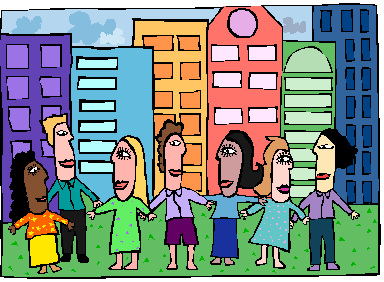 |
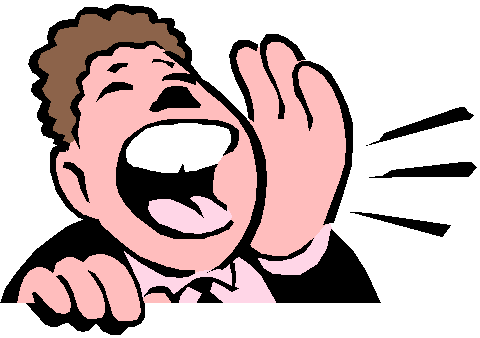 |
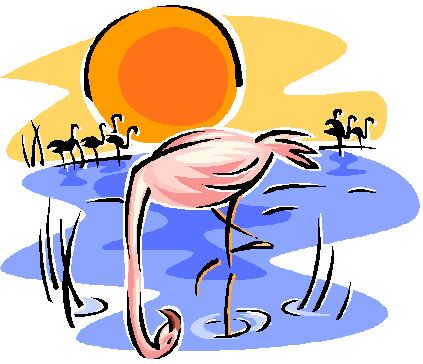 |
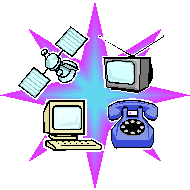 |
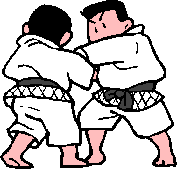 |
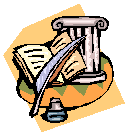 |
 |
| 000 |
100 |
200 |
300 |
400 |
500 |
600 |
700 |
800 |
900 |
| COMPUTERS &
INFORMATION |
PHILOSOPHY
WHAT WE THINK |
RELIGION
WHAT WE BELIEVE
|
SOCIAL SCIENCE
HOW WE GET ALONG WITH OTHERS
INCLUDES FOLKTALES |
LANGUAGE
HOW WE SPEAK AND WHAT WORDS MEAN |
PURE SCIENCE
WHAT WE KNOW ABOUT THE WORLD |
TECHNOLOGY
WHAT WE CREATE TO MAKE OUR LIVES BETTER
INCLUDES FARM ANIMALS |
FINE ARTS
MUSIC ART DANCE
THEATER SPORTS |
LITERATURE
POETRY JOKES RIDDLES
WRITING
|
HISTORY GEOGRAPHY TRAVEL
HUMAN ACTIVITY AND PLACES TO VISIT |
Game Play
1. 10 -12 children. K-3
2. Explain that categories help us to
understand the world and that finding information is easier if things that are
in the same categories are kept together. In simple terms, explain the ten
Dewey categories.
3. Give each child 3 or 4 cards with pictures
that can be placed into categories.
4. Tell students that you would like them to
take turns putting one of their pictures in a category. For every picture
they can place in a category, you will give them a chip. The player may
place his picture in one category and if he can think of other categories that
it can go into, he will receive a chip for each other category.
5. If the player can not think of any more
categories, the play is open to the rest of the students. Each student who
can think of another category for the picture, receives a chip. The play
continues until everyone has had a least one turn. Two is better.
6. The student with the most chips is the
winner. Most of the time, the students just enjoy being the winner of the
game, but you might want to have a small trinket to give to the winner, e.g. an
eraser, a plastic ring, etc.
Visitor Number since 02/02/03
since 02/02/03
Updated 11/14/05
The QueSPER website is
maintained by Carol J. Fox
Library Media Center Director, May Watts
Elementary School, Naperville, IL
© 2002, 2003 All
rights reserved
Use and Connection Policies







